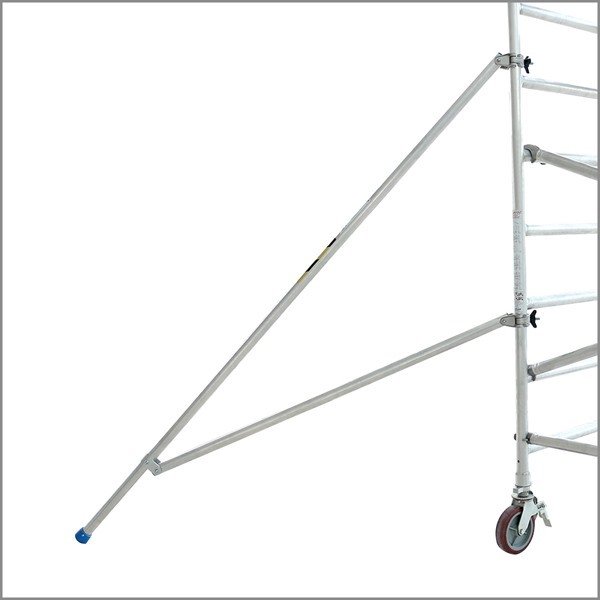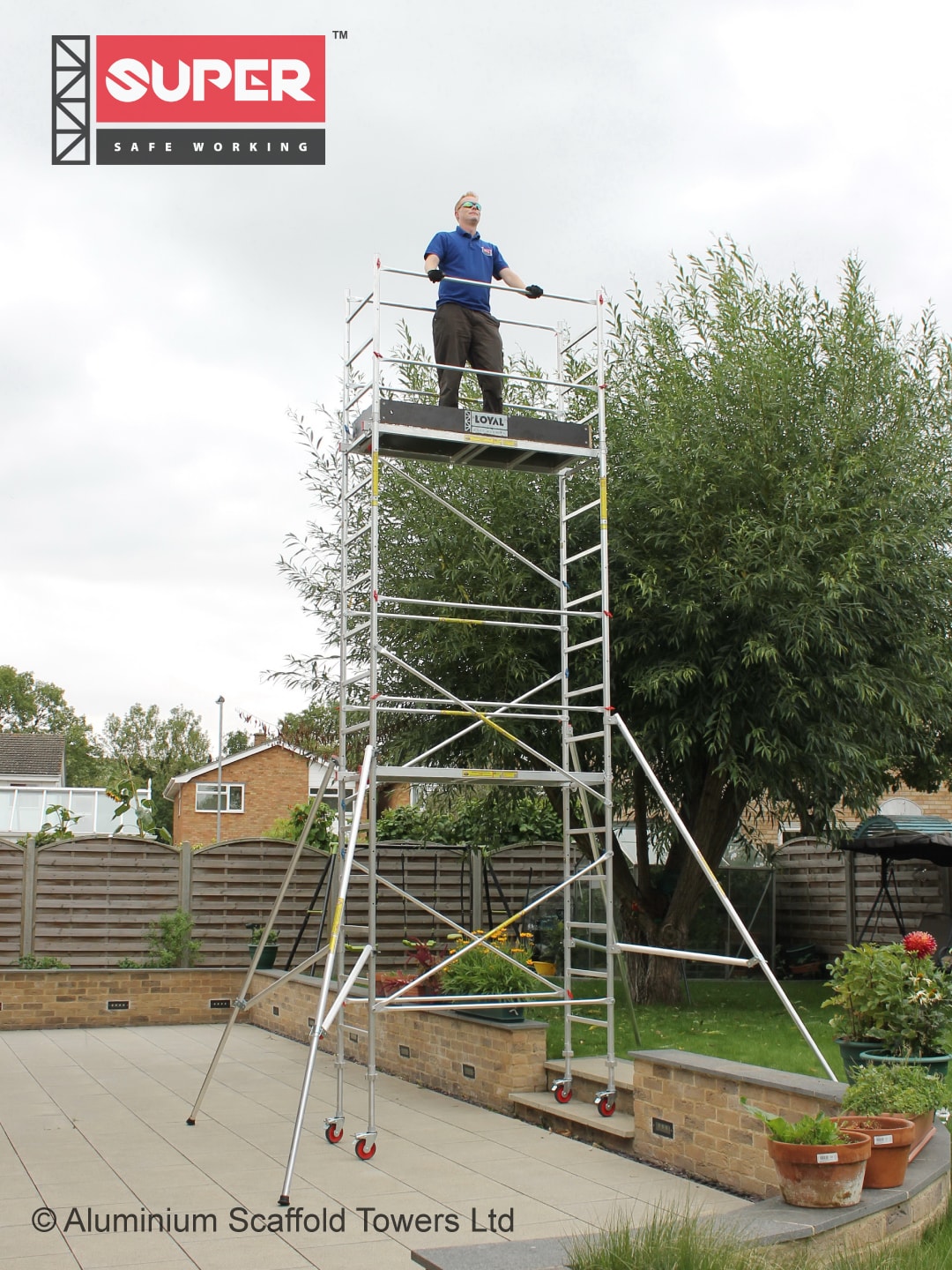Scaffolding Planning & Design: Blueprint for Success
Opening Vertical Potential With Scaffold Towers ===============================================

Optimize the complete possibility of your projects with scaffold towers. Rise efficiency and job performance while guaranteeing safety and security with stable systems and safety and security attributes. Various products like aluminum, steel, and fiberglass accommodate diverse job needs. Emphasize correct setting up, maintenance, and conformity to regulations for best efficiency. Discover the wide applications of scaffold towers in building, event management, storehouse operations, and movie manufacturing. Start discovering vertical opportunities for your projects now.
Advantages of Scaffold Towers

Scaffold towers use a plethora of benefits and benefits for various construction and upkeep projects. Among the key benefits of scaffold towers is the enhanced performance they give worksites. By offering a stable and safe system for employees to execute their jobs effectively at various elevations, scaffold towers aid streamline process and minimize downtime. This enhanced efficiency eventually results in cost savings and quicker task conclusion.
In addition, scaffold towers add importantly to enhanced security on worksites. With functions such as guardrails, toe boards, and non-slip platforms, scaffold towers provide a safe and secure atmosphere for workers to carry out their tasks at raised levels. This concentrate on security not just secures workers from crashes and injuries but also makes certain compliance with health and safety laws.
Types of Scaffold Towers
Numerous kinds of scaffold towers are typically made use of in construction and maintenance projects to offer protected elevated systems for employees. Scaffold towers are available in various materials such as light weight aluminum, steel, or fiberglass, each offering distinct benefits based upon the particular demands of the project. Light weight aluminum towers are lightweight and corrosion-resistant, making them suitable for projects needing constant activity, while steel towers are robust and resilient, appropriate for durable applications. Fiberglass towers are non-conductive, making them secure for electrical workplace.
Elevation variations are one more vital facet to take into consideration when picking a scaffold tower. Towers can be found in various heights, ranging from little mobile towers for low-level jobs to big, set towers that can get to considerable elevations for high structures. The elevation of the tower must be picked based upon the particular needs of the project, ensuring that employees have risk-free access to raised workplace. Comprehending the various sorts of scaffold towers available allows job supervisors to choose the most suitable option for their building and construction or maintenance tasks.
Safety Attributes to Seek
When taking into consideration scaffold towers for construction or upkeep jobs, among the important elements to review is the existence of vital security attributes. Fall defense is vital in making certain the well-being of employees at raised heights. Look for scaffold towers furnished with guardrails, harness accessory factors, and toe boards to prevent falls.
In addition, stability actions are critical to avoid the danger of the tower tipping over. Attributes such as flexible legs for leveling on unequal surfaces, outriggers for enhanced base support, and locking devices for safeguarding the tower in position are important for making sure security throughout use. https://haringeyscaffolding.co.uk
To ensure a risk-free working environment, it is imperative to buy scaffold towers that focus on both fall protection and stability. Prioritize designs that follow security policies and criteria to mitigate prospective risks. By selecting scaffold towers with durable safety functions, you can boost worker safety and security and performance on building and upkeep projects.
Proper Assembly and Usage Tips
To guarantee the risk-free and reliable use of scaffold towers, precise interest to proper assembly and usage standards is vital. When putting together scaffold towers, it is important to adhere to the maker's instructions thoroughly. Beginning by verifying that all components are in excellent condition and compatible before starting assembly. Constantly use the proper individual safety devices, such as headgears and handwear covers, throughout setting up to prevent any type of prospective accidents. In addition, make sure the scaffold is put up on a steady and degree surface to stay clear of any instability issues during usage.
Safety safety measures should be purely adhered to when dealing with scaffold towers. Constantly safeguard the tower to prevent any kind of movement or tipping. Consistently check the scaffold for any indications of wear or damages, and make sure that it is not strained beyond its capacity. Erect guardrails and toe boards to avoid drops and ensure that all gain access to points are safe. Lastly, never ever concession on safety if in doubt, look for expert advice or training prior to utilizing the scaffold tower.
Upkeep and Inspection Guidelines
To ensure the security and dependability of scaffold towers, it is vital to adhere to safety and security examination procedures, conduct normal upkeep checks, and comply with appropriate guidelines.
Safety evaluation procedures help determine possible hazards, while routine maintenance checks make sure that the scaffold towers remain in peak functioning condition.
Conformity with guidelines is important to make certain that the scaffold towers fulfill market criteria for risk-free use.
Safety Examination Procedures
Appropriate upkeep and inspection guidelines are vital for ensuring the security of scaffold towers in upright building and construction jobs. Conducting a safety audit prior to each usage is crucial to determine any possible hazards or issues that may jeopardize the integrity of the structure.
An inspection list need to be complied with thoroughly to assess the problem of components such as frameworks, dental braces, platforms, and guardrails. This list must consist of verifying proper setup, looking for any indications of damages or wear, guaranteeing security on the ground surface area, and verifying that all security mechanisms remain in location and working appropriately.
Routine Upkeep Checks
Executing normal maintenance checks according to developed guidelines is essential for upholding the structural stability and safety and security of scaffold towers in vertical construction projects. These preventative procedures not only guarantee the stability of the framework however additionally contribute to devices longevity.
Normal upkeep checks should consist of checking all components for wear and tear, looking for loose links, verifying the stability of the base plates, and taking a look at the total condition of the scaffold towers. By sticking to a stringent upkeep schedule, potential problems can be recognized and corrected without delay, decreasing the threat of accidents and ensuring peak performance.
Prioritizing maintenance not only improves safety on-site yet likewise lengthens the life expectancy of scaffold towers, eventually optimizing their worth and effectiveness in vertical construction tasks.
Compliance With Regulations
Abiding by recognized maintenance and examination guidelines is essential for guaranteeing compliance with guidelines regarding scaffold towers in vertical building projects. Regulatory demands mandate that scaffold towers satisfy specific safety standards to secure workers and the public. Regular maintenance checks play an essential duty in supporting these criteria.
Inspections must be conducted by certified personnel to recognize any type of potential hazards or architectural weak points that might endanger the honesty of the scaffold tower. By adhering to strict maintenance and assessment protocols, building and construction companies can show their dedication to safety and security and regulative conformity. Failing to comply with these guidelines not just puts people at risk but also exposes companies to prospective legal ramifications.
Thus, strict adherence to upkeep and assessment guidelines is non-negotiable in the building and construction market.
Applications in Different Industries
With the raising demand for versatile and secure raised working remedies, scaffold towers have located widespread applications throughout various sectors. These versatile structures provide a range of advantages, making them vital in different workplace.
Below are 4 essential sector applications where scaffold towers play a crucial duty:
Construction Industry: Scaffold towers are thoroughly utilized in building and construction for activities such as paint, plastering, and electrical work at heights. Their transportability and adjustability make them perfect for maneuvering various job sites.
Occasion Management: In case industry, scaffold towers are used for establishing illumination, audio devices, and designs for concerts, festivals, and other large gatherings. Their security and elevation make them crucial for producing impactful occasion experiences.
Storehouse Procedures: Stockrooms commonly employ scaffold towers for accessing high shelves, carrying out supply checks, and carrying out upkeep tasks. Their convenience allows stockroom staff to function effectively and safely at elevated elevations.
Film and TV Manufacturing: Scaffold towers are essential in the show business for illumination setups, cam procedures, and set building and construction. They offer a secure platform for developing enthralling visual experiences on display.
Frequently Asked Concerns
Can Scaffold Towers Be Used for Residential Projects, or Are They Mainly for Industrial Use?
Scaffold towers supply property convenience in addition to industrial applications. When made use of in residential tasks, safety preventative measures should be purely adhered to. Proper training, assessment, and adherence to regulations are important for secure and reliable usage.
Are There Any Kind Of Details Weight Limits or Load Capabilities for Scaffold Towers?
When considering scaffold towers, it is important to follow security laws by recognizing the maximum ability and load restrictions. These requirements vary based on the tower's design and function, guaranteeing risk-free usage in different settings.
For how long Does It Commonly Require To Put Together a Scaffold Tower? https://haringeyscaffolding.co.uk/index.html
The assembly time for a scaffold tower can differ relying on size and complexity however commonly ranges from 1-4 hours. To assure assembly efficiency and security, comply with supplier guidelines, utilize proper devices, and adhere to all safety precautions.
Can Scaffold Towers Be Utilized on Uneven or Sloped Surfaces?
When pondering the utilization of scaffold towers on uneven or sloped surfaces, stability worries are extremely important. Security safety measures need to be rigorously complied with to ensure the scaffold is securely located which risks of accidents or collapses are minimized.
Are There Any Laws or Certifications Required for Using Scaffold Towers in Specific Industries?
Security needs and market requirements mandate proper training programs and qualification procedures for utilizing scaffold towers in numerous markets. Complying with these guidelines guarantees a risk-free working environment and decreases threats associated with operating at elevations.
Verdict
To summarize, scaffold towers offer numerous advantages in different markets because of their upright potential.
It is important to take into account the various kinds of scaffold towers available and focus on safety features when picking one for usage.

Correct setting up, usage, upkeep, and evaluation guidelines must be complied with to assure the safety and efficiency of scaffold towers.
Overall, scaffold towers are a beneficial tool for accessing elevations and completing jobs effectively and firmly.